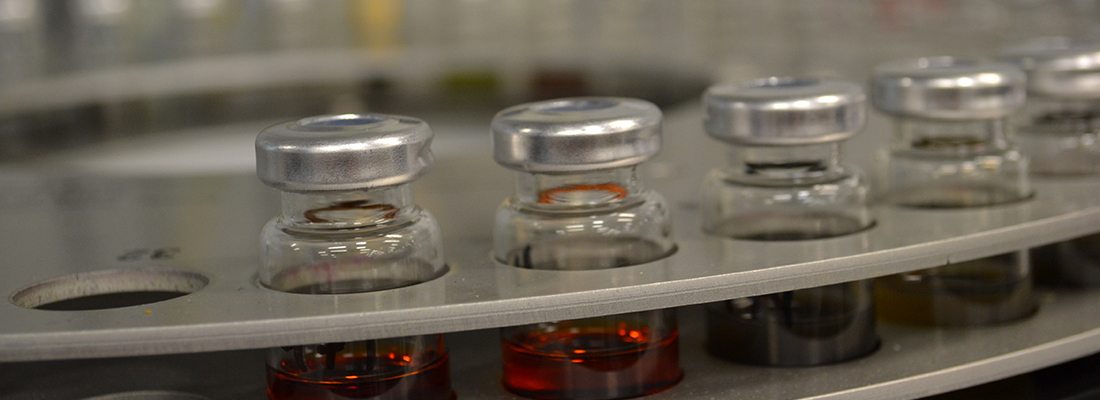Testing Your Oil Conditions

Contamination, component wear and fluid degradation make oil changes necessary. However, we have a choice when to change it.
Maintenance managers can set oil drains based on the equipment manufacturer’s recommendations, but that doesn’t necessarily account for unique environmental conditions. A heavy duty diesel engine on a piece of mobile equipment at a surface mine has different operational conditions than the same engine model in a standby power generation application. Oil analysis from POLARIS Laboratories® provides the scientific data to determine if a drain is necessary or if the drain interval can be extended.
But oil analysis by POLARIS Laboratories® covers more than just extending drains. Tests can determine abnormal component wear and fluid degradation. Here are a few of the oil conditions that are measured through our oil testing:
- Wear Metals: Components wear as they operate. This wear debris is abrasive and will beget additional component wear as the abrasive particles are circulated via the lubricant. The quantity and type of metal in the lubricant can identify how much wear is occurring and which part is wearing.
- Viscosity: A measure of the lubricant’s resistance to flow at temperature. It is considered the most important property of a lubricant because it indicates film strength. Lubricants need to be within a certain viscosity range to provide adequate lubrication and prevent wear.
- Water Content: The amount of water contamination present. Water causes component corrosion and is a catalyst for oxidation.
- Soot: Particulate created as a by-product of incomplete combustion. Excessive soot levels will cause abrasive component wear.
- Fuel Dilution: Amount of unburned fuel in the lubricant. Excessive fuel dilution lowers the flash point and the viscosity, which results in friction-related wear.
- Acid Number: Used to measure the relative amount of acids in the lubricant, which can lead to lubricant degradation, and the potential for increased component wear.
- Base Number: A measure of a lubricant’s alkaline reserve, which can indicate the ability to neutralize acids.
- Oxidation: A way to measure the breakdown of the lubricant due to age and operating conditions. Oxidation promotes the formation of acids, which leads to lubricant degradation, and the potential for increased component wear.
- Nitration: Degradation that occurs when nitrogen oxides react with the lubricant primarily from ventilation (blow-by). Nitration leads to formation of sludge and varnish.
Of course, these are basic tests. Many different types of tests are available for special lubricant types or to gather more information on contamination found by another test.
Oil testing is even more helpful when the lubrication is used with other in-line fluids, such as coolant and diesel fuel. Engines use all three fluids, and a problem with one can affect another. Adding coolant analysis and diesel fuel analysis will uncover problems that would normally go undetected with oil analysis alone.

Proven Impact. Proven Uptime. Proven Savings.
Let us prove it to you.



